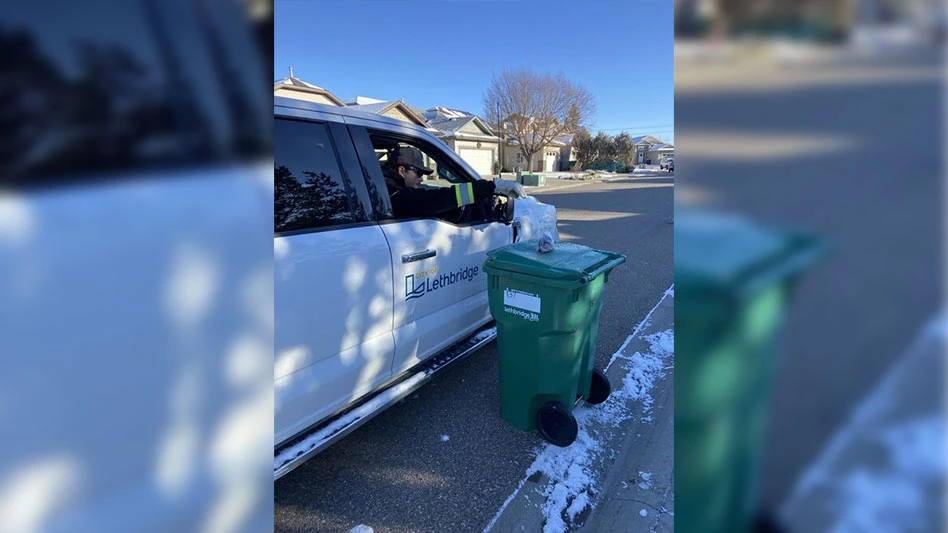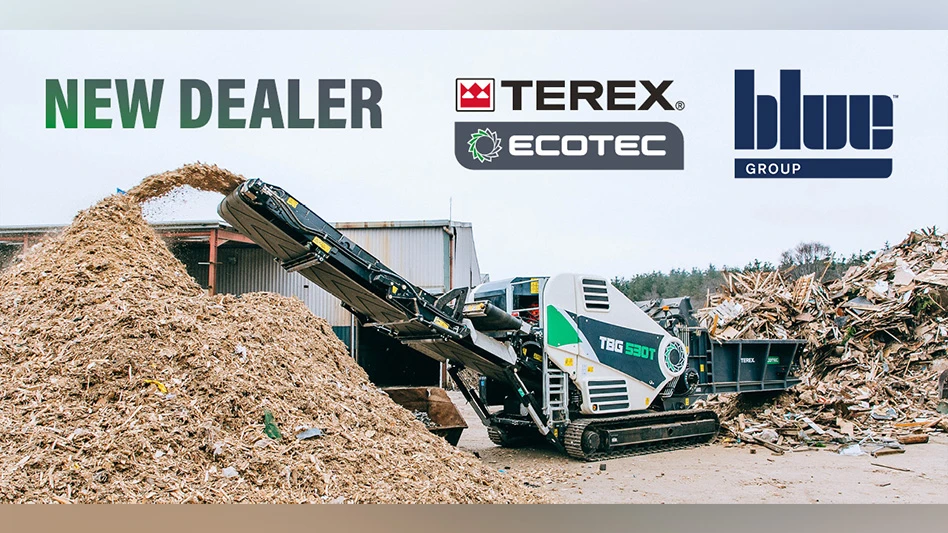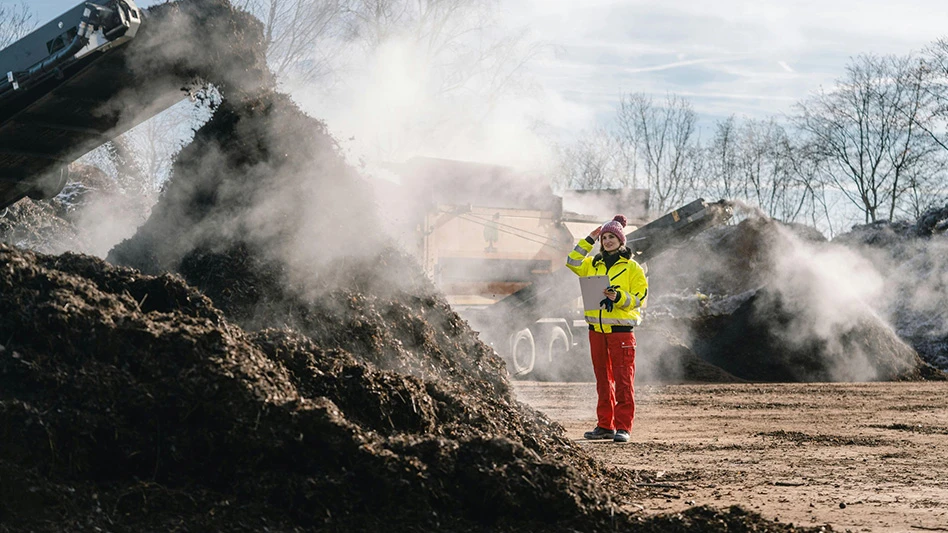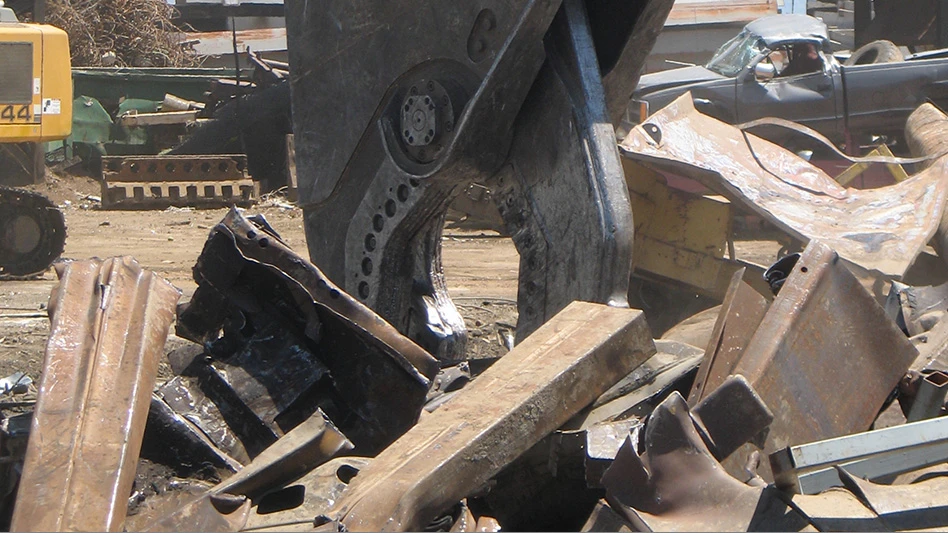 The previous 10 years have provided a good deal of encouragement to scrap tire processors, especially on the end market development side of the business.
The previous 10 years have provided a good deal of encouragement to scrap tire processors, especially on the end market development side of the business.
Tire-derived fuel (TDF) continues to provide a high-volume and steady end market in many geographic regions, but the entrepreneurial endeavors of many firms have helped several other end markets gain traction in the past decade.
Tire shreds are being deployed in landscaping, athletic surfaces, ground cover and civil engineering applications.
The production of crumb rubber, meanwhile, has also proven worth the added investment to scrap tire processors and vertically integrated tire recycling companies throughout the country.
The largest speed bump encountered by scrap tire processors in the past two years is the economic slowdown.
For the past two years, Americans are driving less (both leisure and commercial mileage), purchasing considerably fewer new vehicles and probably are more inclined to squeeze a few thousand more miles out of a set of tires.
Whereas at one time, mountains of scrap tire stockpiles pointed to a market with lopsided supply vs. demand, as of 2010, some tire processors are taking in a smaller share of scrap tires than they were in 2006 or 2007.
Certain end markets, though better established now than in the 1990s, have also diminished in volume, particularly those destined for landscaping, construction and civil engineering applications.
GREEN LIGHTS
Scrap tire processors and the organizations that represent them have helped stabilize and secure end markets, in part by conducting research to dispute criticisms of their products.
In an article in the October 2010 issue of Recycling Today (“Safer, Stronger, Smarter,” starting on page 50), Liberty Tire Recycling Vice President Kurt Meyer referred to several recent studies on recycled rubber in playground applications, including one conducted in California and released in April of 2010 and another released by the U.S. Environmental Protection Agency (EPA) in late 2009.
“Similar to the conclusions of as many as 100 state-level studies, the EPA study reports that crumb rubber poses no significant health or environmental risks,” wrote Meyer.
The TDF market has also been studied and defended by companies in that sector. At the 2008 Greenbuild event in Boston, the Portland Cement Association (PCA), Skokie, Ill., hosted a press conference to issue a reminder that that industry remains a critical consumer of scrap tires.
The PCA says that in studying the emissions effects of TDF plants, it found differences between using TDF and traditional fossil fuels that favored TDF. “Dioxin-furan emission tests results indicated that kilns firing TDF had emissions approximately one-third of those kilns firing conventional fuels—this difference was statistically significantly,” says the PCA summary.
According to PCA researcher Tyrone Wilson, in addition to cutting dioxin emissions, the use of TDF reduced particulate matter emissions by 35 percent.
 Click above to download the PDF.INVESTING LONG TERM
Click above to download the PDF.INVESTING LONG TERM
Among the companies on the 2010 Largest Scrap Tire Processors List, the company atop the list has staked a claim on that top spot by a considerable margin.
Growing to a large extent through acquisition, Pittsburgh-based Liberty Tire Recycling has assembled a multi-state organization that collects and processes several times more PTEs (passenger tire equivalents) than the other companies on the list. (For more information on Liberty Tire’s operations, see “Mass Production,” starting on page 32.)
At the same time that Liberty has been assembling its multi-region organization, other scrap tire processing companies that have maintained a steady presence on the “20 Largest” list also have been investing in their businesses.
In Moreno Valley, Calif., in 2009, BAS Recycling Inc. took delivery of new processing equipment purchased from Columbus McKinnon Corp., Sarasota, Fla.
The multi-stage system installed at BAS “is capable of processing passenger car, truck tires and super single truck tires at production rates of 12,000 pounds or more per hour,” according to a news release from Columbus McKinnon (CM).
In Ontario, Calif., a newcomer to the list, reRubber LLC, is planning an expansion in 2011. According to reRubber President and CEO JD Wang, the company will be opening a second facility in 2010 as it continues to produce crumb rubber in a variety of sizes (including 10-30 mesh, 30-50 mesh and minus-50 mesh) for several end markets.
Another Golden State recycler has been helped by a government loan. In March 2010, the California Department of Resources Recycling and Recovery awarded a $635,000 loan to Tri-C Manufacturing Inc., West Sacramento, Calif. The loan enabled Tri-C to buy tire recycling equipment to expand its processing capacity to 2.6 million PTEs yearly.
LISTING CRITERIA
The 2010 version of this list has been renamed from “Largest Tire Recyclers” to “Largest Scrap Tire Processors,” with a goal of distinguishing some of the different layers of the collection, processing and end product manufacturing segments of the market.
For this year’s list, Recycling Today, asked companies to count only whole tires they collected and downsized or processed in some manner.
A second list we are considering would spotlight manufacturing and consuming companies that use tire shreds or crumb rubber in new products.
Readers interested in offering an opinion on how they would like to see this list presented in the future are urged to contact the author at btaylor@gie.net.
Additionally, readers who are aware of a company that should have appeared on this list or is a candidate for the next list also are encouraged to call, e-mail or write to the magazine’s attention.
The author is editor-in-chief of Recycling Today and can be contacted at btaylor@gie.net.

Explore the December 2010 Issue
Check out more from this issue and find your next story to read.
Latest from Recycling Today
- Phoenix Technologies closes Ohio rPET facility
- EPA selects 2 governments in Pennsylvania to receive recycling, waste grants
- NWRA Florida Chapter announces 2025 Legislative Champion Awards
- Goldman Sachs Research: Copper prices to decline in 2026
- Tomra opens London RVM showroom
- Ball Corp. makes European investment
- Harbor Logistics adds business development executive
- Emerald Packaging replaces more than 1M pounds of virgin plastic





